Since my characters are not at court and I intended to be able to move in this gown and even attend a writer’s banquet, I was not interested in the huge volumes of skirt in Simplicity 2589. It calls for 8 yards (8 yards?!!!) of expensive upholstery fabric. I bought four. On sale. Instead of cutting 6 back skirt pieces (Simplicity piece #9), I cut 2, but I expanded the piece in the middle to make maximum use of the fabric and turned the pieces so the wide bottom of one was next to the narrow top of the other. Instead of 2 skirt front pieces (Simplicity piece #8) on the fold (essentially doubled), I cut 2 not on the fold, in other words, using half the material for the front.
Problem: I can hardly move my arms when laced into the finished gown. My daughter, a gamer, says, “Welcome to the sixteenth century.” If I make this gown again, I will try using the upper sleeve pattern piece (Simplicity piece #6) as the shoulder guide and see if that makes a difference in ease of movement. It may just be that that is why ladies were so lady-like—they had no choice! [P.S. I did remake the sleeves using the patterns upper sleeve, but significantly less fabric for the lower sleeve. I won't be going out to hit tennis balls in it, but it does allow for more movement than my original. That pattern assumed a much looser garment.]
After sewing pieces together, the Simplicity 2589 pattern instructions say to “clean finish” seams. TTCP has you hem all the pieces BEFORE sewing them together. Her bodice instructions have you cut the canvas interfacing and lining to the actual size of the finished piece and turn the outside material over the edges and stitch it to the lining, then whipstitch the puzzle pieces together. This makes for a much neater finish, which I guess was important to people at the time. The trouble is, that it is much harder to alter after fitting if the seams are done that way. If I do this again, I will use the bodice of this gown as a template for a new pattern that won’t need to be altered because it already fits me, and pre-finish them as TTCP says. You might want to make a practice bodice of cheap outer fabric to figure out your exact size. The trouble is that you would have to take it as far as making the eyelets to lace it before you would know what fits or doesn’t fit. TTCP hates eyelets. I don’t blame her. She does hers by hand. I used metal grommets since I found antique ones on a site, which said to me they are not inauthentic for the gentry. But they were still very hard on my fingers. The challenge is to get the hole in the multi-layers of fabric big enough to let the grommet pass in, but not so big that it has no fabric to clamp on all sides. Good luck with that one. You won’t find the 96-inch shoelace they tell you to use for lacing in a shoe store. That’s an ice skate lace! Get it at your local skate shop.
1 Comment
LeAnne
1/8/2015 06:17:13 am
This post was moved from another site. All comments were lost.
Reply
Leave a Reply. |
AuthorLeAnne Hardy has lived in six countries on four continents. Her books come out of her cross-cultural experiences and her passion to use story to convey spiritual truths in a form that will permeate lives. Add http://www.leannehardy.net/1/feed to your RSS feed.
To receive an e-mail when I post a new blog, please subscribe.
Categories
All
Archives
November 2022
|
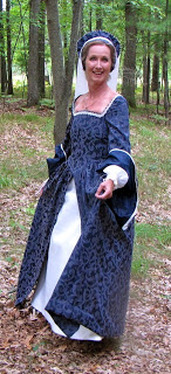
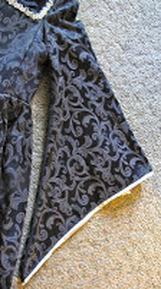
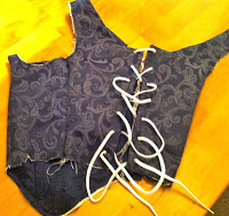
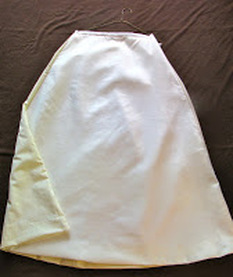
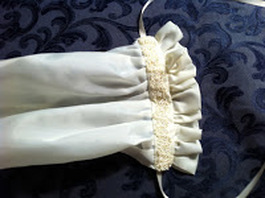
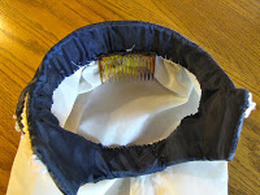
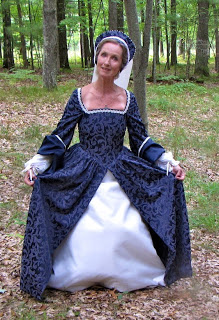
 RSS Feed
RSS Feed